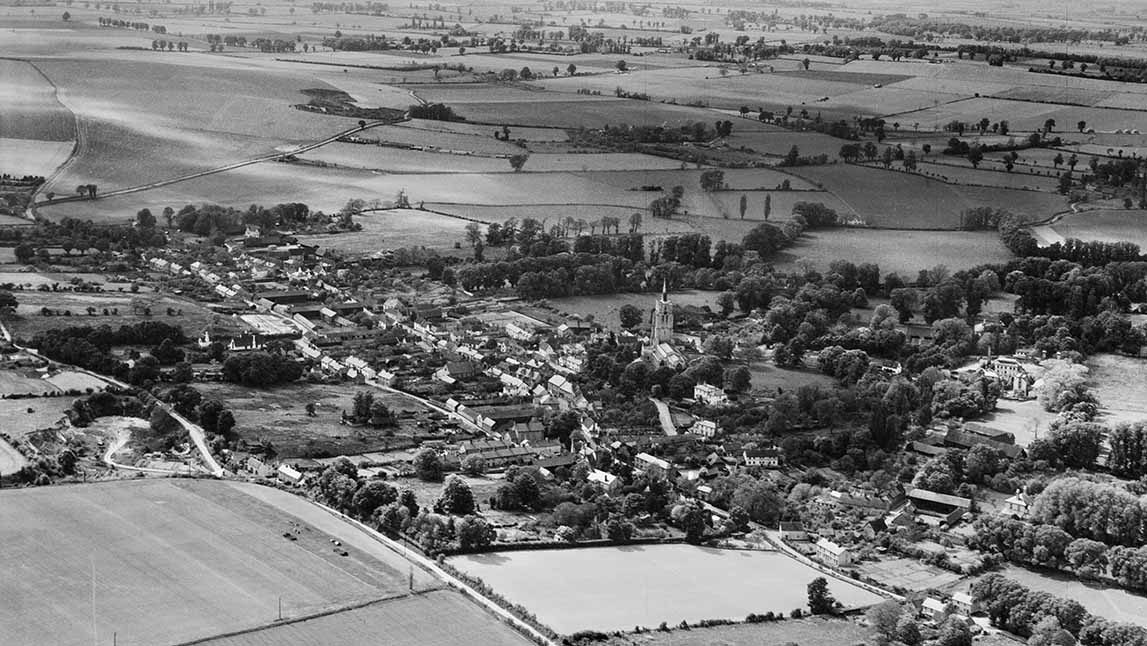Strange Bedfellows? Conservation Within the Planning System
by Dr Victoria Thomson, Head of Planning Advice and Reform, Historic England
The Town and Country Planning Act 1947 introduced both listing and planning in their current (or at least recognisable) forms. Their appearance together in a single piece of legislation did not itself mean that they were regarded as being natural bedfellows. As shown by the Civic Amenities Act of 1967 (also celebrating an anniversary in 2017), a wide range of topics can be forcibly allied in bills in the interests of pragmatism (in this case conservation areas, trees, and "the disposal of abandoned vehicles and other refuse"). Nevertheless, planning and conservation have a long, interesting and occasionally difficult relationship which warrants closer scrutiny.
Conservation legislation preceded planning legislation. Monuments were protected from 1882, courtesy of the Ancient Monuments Protection Act whilst the first planning legislation was the Housing, Town Planning, &c. Act of 1909.
For the most part, planning- and monument-related law continued to develop separately. The conservation of assets other than monuments, however, was addressed within planning legislation from the outset.
The 1909 act made provision for town planning schemes, which included consideration of "the preservation of objects of historical interest or natural beauty". This acknowledgement of the value of the historic environment when preparing planning policy was broadly repeated in subsequent planning acts.
The 1947 act reinforced the importance of considering special buildings in planning activity. It required the minister to compile lists of buildings of special architectural or historic interest "with a view to the guidance of local planning authorities in the performance of their functions".
Operationally at least, conservation remains very much a part of the planning system: the current law relating to listed buildings and conservation areas remains within a planning act, the National Planning Policy Framework establishes conservation as an objective of the planning system, and much conservation activity is delivered via the planning system. Hobson (2004) notes that "conservation and planning have gradually coalesced", whilst Pendlebury (2013) identifies a 'conservation-planning assemblage'.
Philosophically, the issue is less certain. From the outset, planning has sought to balance the positive and negative demands on the use of land. As noted by Mr Silkin, Minister of Town and Country Planning, when introducing the 1947 act, "some must result in more land being brought into development… on the other hand, town and country planning must preserve land from development", and conservation appears to have a clear place within this balancing act. Pendlebury (2009, p. 218), though, notes a divergence between 'conservation orthodoxies' and the way in which conservation is implemented through the planning system. The basis for this divergence is planning's emphasis on the visual, and conservation's emphasis on authenticity.
Is the planning system able to deliver conservation objectives? It has not been designed solely for that purpose. As one of a range of competing planning objectives, conservation objectives may not always be delivered in planning outcomes. But they are a part of the system. With the duties set out in legislation, and the strength of current policy, conservation objectives have a profile within mainstream planning activity. As long as the will, capacity and expertise exist to use these planning tools to their full potential, that can only be of benefit.
Further reading
Hobson, E, (2004) Conservation and planning: changing values in policy
and practice. London:Spon Press
Pendlebury, J, (2009) Conservation in the age of consensus. London:Routledge
Pendlebury, J, (2013) 'Conservation values, the authorised heritage discourse and the conservation-planning assemblage', International Journal of Heritage Studies, 19(7), pp. 709-727.
Please share and comment
Please send your responses to Sarah Tunnicliffe and share this article on social media via the tab on the left.





